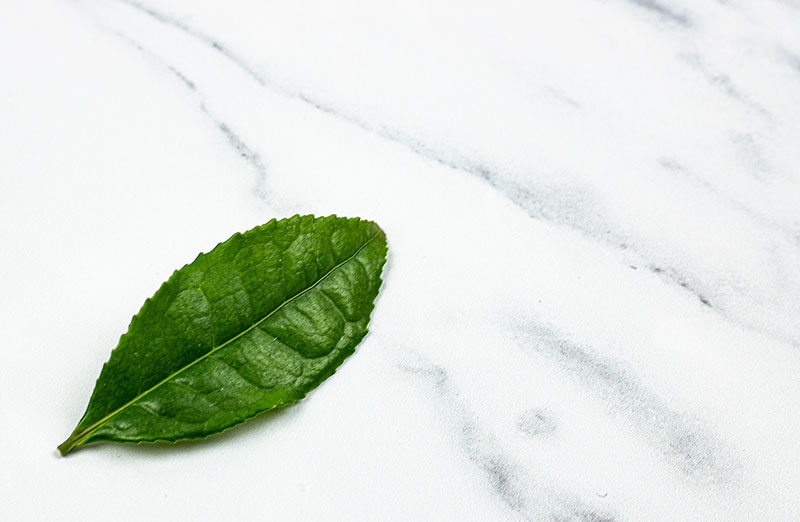How to Store Loose Leaf Tea

Even the most expensive and aromatic tea will degrade unless stored properly. If fact, only a second of inattention will be enough to ruin it completely. Storing loose leaf tea properly is actually quite easy. Green tea is often the most delicate type, followed by white and lightly oxidized oolongs. Black tea and pu’erh may survive harsher conditions. However, you don’t want to take that chance, especially with the tea you love.
By following a few simple suggestions your tea might not only keep safe, but survive well beyond expected shelf life.
Top 7 enemies of a good tea
1. Odors
Tea is a great odor-fighting product. Small plate with green tea in a fridge can make it odor-free. However, it will also make it useless for drinking. Keep all tea leaves away from strong odors.
2. Sunlight and heat
Direct sunlight will ruin even the best tea. This goes for any tea, in any packaging. Sources of heat such as ovens, stoves, fireplaces, or radiators are not the best places for tea.
3. Mold
Not only it smells bad, it can also be very dangerous for health. Keep all tea away from mold. Leaves that contain mold should be thrown away—without an excuse.
4. Water and moisture
Even though tea leaves need water to brew into a delicious drink, water can be tea’s biggest enemy. Never open tea bags or containers with wet hands refrain from scooping out tea with wet spoons and keep it away from steam. If you are using special containers, dry them well before putting tea inside.
5. Air exposure
Did you notice how tea always have an expiry date, but at the same time, all types can also be aged, well beyond suggested shelf life? That’s because they are not exposed to air and stored under very specific condition that allows them to age and get mellow flavor. Refrain from opening a package or a container more than needed.
6. Glass containers
Glass containers might be pretty, especially if you use them for storing some pretty looking tea leaves, but they are inappropriate for long-term storage. If you use a glass container, make sure to keep it in a dark place and choose small containers for small amounts of tea that you can drink in a couple of months.
7. Moths and other insects
Once a moth finds its way into your tea, you can only throw it away. Keep all packages sealed and away from all insects. Interestingly, pure real tea will usually stay safe even during moth invasion.
Best places to store loose leaf tea
- Basement
If your basement is clean, mold free and dry, it will be one of the best places to store your tea, especially during summer. Keep all containers and pouches tightly sealed. We recommend taking your teas to the basement once the temperatures rise above 77°F.
- Dark cupboard away from kitchen
Even though kitchen is the most common location for storing tea, that cupboard right above the stove or oven is the worst place for tea leaves. Constant heat can ruin tea leaves fast. Another unsuitable place is right above your kettle or next to dishes.
- Fridge
Store tea in the fridge only if it’s still in its original packaging and unopened, preferably in a vacuum-sealed bag. Don’t keep opened bags in the fridge because the leaves can easily collect moisture or odors. Tea that you are drinking daily should also be kept away from the fridge, to prevent the exposure to a constant temperature difference.
What if your tea is already ruined?
You might be able to save and use some tea types even if they are ruined by heat, light or air. Green tea, especially steamed one like Japanese sencha, can be easily saved by roasting in a pan. By roasting (without oil), you will get a completely new tea—hojicha.
Tea that lost flavor because it was overexposed to air might still have a good taste. Try it first before tossing it to trash. However, if the leaves lost all its flavor, they might still be good for removing odors. Try placing them in small paper or cotton pouches and place them in the fridge, shoes and wardrobe.
Learn about expiration date of different tea types here.


